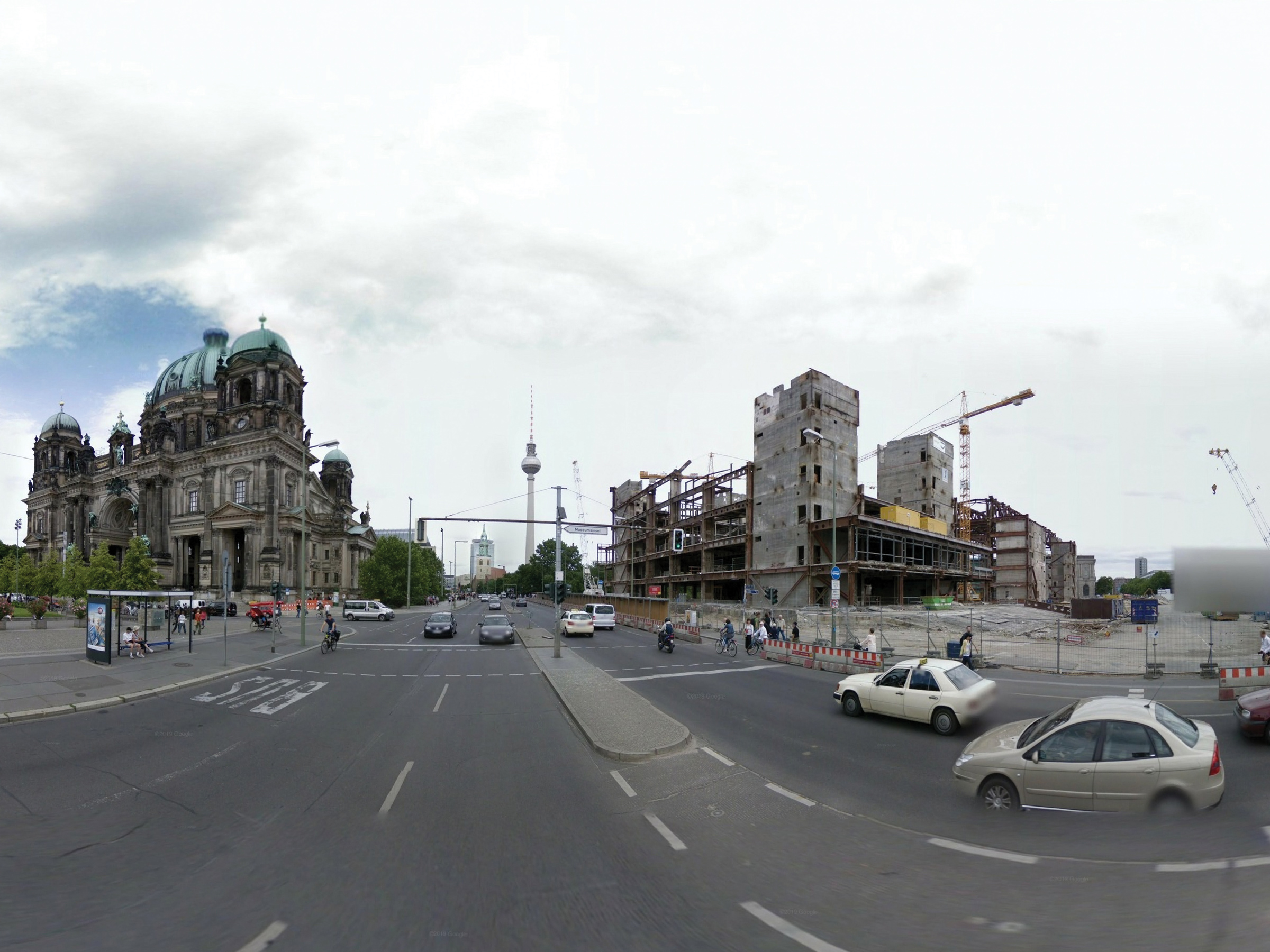Lost places

C-Print, 46.6 x 35 cm (sheet 60 x 44 cm)

C-Print, 46.6 x 35 cm (sheet 60 x 44 cm)

C-Print, 46.6 x 35 cm (sheet 60 x 44 cm)

C-Print, 46.6 x 35 cm (sheet 60 x 44 cm)

C-Print, 46.6 x 35 cm (sheet 60 x 44 cm)
After Germany’s public voiced its outrage on data privacy, Google discontinued to gather further material for its service Street View in 2011. However, the already created and published image data remains accessible, establishing Street View as a widely popular way to discover distant and near places, soon beginning to influence the way we perceive and think of them. Without any future updates, Google Street View preserves detailed cityscapes how they existed in a brief period of almost three years, effectively chronicling a historic impression which also included iconic buildings and views that have already vanished due to controversial political decisions and tragic disasters.
© 2025 Matthias Planitzer